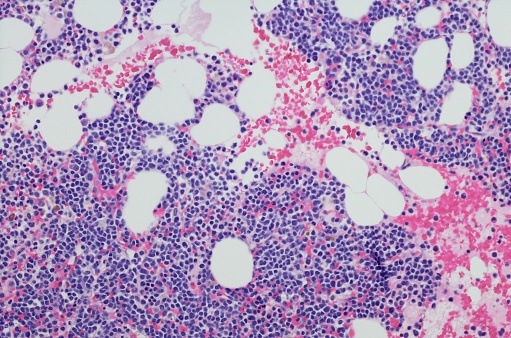Valentina Restrepo, MD: Current Coagulopathy Risk Screening in Venous Malformations May Be Flawed
By Valentina Restrepo, MD, Patrick Daly - Last Updated: June 3, 2024Valentina Restrepo, MD, of Yale School of Medicine, discusses coagulation characteristics in patients with venous malformations.
“Patients with venous malformations can develop coagulopathy as a complication of their disease, this is usually referred to as localized intravascular coagulopathy (LIC) because the derangements in the coagulation cascade begin in a local manner inside the lesions,” Dr. Restrepo explained.
Though data are sparse, available data suggest D-dimer is the most commonly affected coagulation parameter in this population, and patients with venous malformations are screened for LIC risk based on positive or negative D-dimer test results, according to Dr. Restrepo.
Dr. Restrepo and colleagues performed this observational study to determine if other coagulation parameters were altered in this population and if any were associated with coagulopathy.
“The primary finding is that the most commonly altered coagulation parameter was not D-dimer, as is described in current literature, it was actually thrombin-antithrombin (TAT) complex,” Dr. Restrepo said. “[TAT complex] was altered in more than 60% of patients while D-dimer was altered in around 52%.”
The study found only a weak correlation between TAT complex and D-dimer values. “That’s noteworthy because when you think about these two parameters, they should behave in a way that strongly correlates to one another,” Dr. Restrepo added.
Many patients who would have screened negative for LIC risk based on negative D-dimer still had derangements in other coagulation parameters—half had a high TAT complex and up to a third had derangements in other parameters like von Willebrand factor antigen, according to Dr. Restrepo.
The researchers also explored whether TAT complex and D-dimer were affected by different venous malformation characteristics (eg, lesion size, depth of tissue involvement, or location).
“We found that patients who had smaller lesions—lesions with a surface area less than 10mm2—tended to have a negative D-dimer but a high TAT complex, while patients with larger lesions tended to have high D-dimer and high TAT complex,” Dr. Restrepo said.
Dr. Restrepo acknowledged additional studies are needed to confirm this exploratory observation she presented at the 2023 American Society of Hematology Annual Meeting & Exposition in San Diego, California, and suggested that future research would benefit from optimizing a method of evaluating the burden of venous malformations using volume and not surface area.
“Apart from that, it’s necessary to conduct different types of studies to determine the best way to assess for LIC moving forward,” Dr. Restrepo concluded.







 © 2025 Mashup Media, LLC, a Formedics Property. All Rights Reserved.
© 2025 Mashup Media, LLC, a Formedics Property. All Rights Reserved.